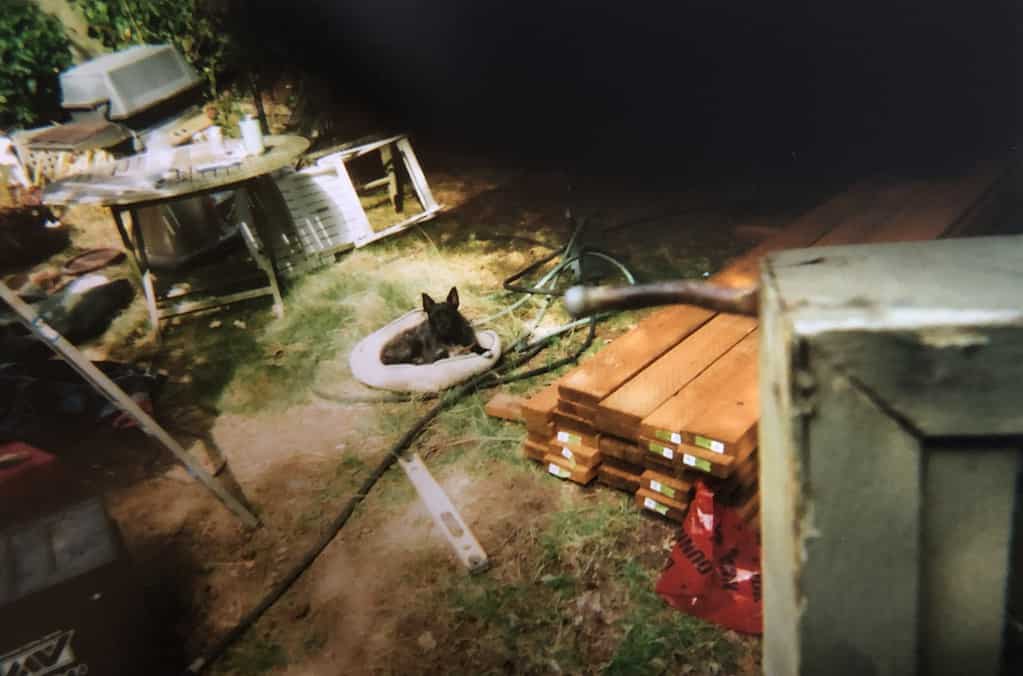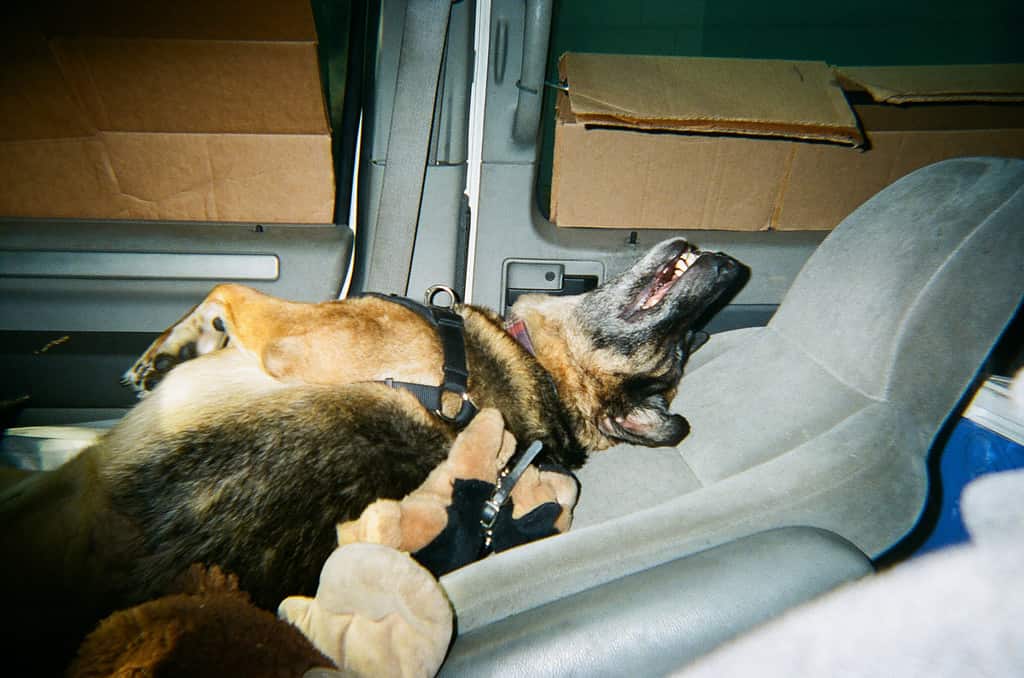
You often see homeless people with pets. Some react positively and with compassion, while others see it as irresponsible. But for many people without a home, life without their beloved pets is unthinkable.
Roughly 10% of homeless adults own a pet. Around half said they were turned away from a shelter because of pet policies.
Initiating a conversation
A recent photo project sheds new light on the strong bond between individuals experiencing homelessness and their pets in a world where companionship comes in many forms. Gemina Garland-Lewis of the University of Washington and colleagues used photography and interviews to explore the challenges and benefits of this companionship.
From a research perspective, the main findings confirm the importance of the bond between humans and animals during housing insecurity and the positive impact on mental and physical health. Garland-Lewis said, ZME Science.
“What sets our study apart is using the participants' data, like photos and conversations, to create an empathy exhibit displayed in public spaces. This helps bridge the gap between academics and the public and sparks vital conversations about housing and the human-animal bond between those with and without homes.”
Displaying empathy




The focus shifts from being unnoticed to being part of the main picture.
Garland-Lewis has a background in documentary photography and previously studied the lives of people experiencing homelessness with a pet in Seattle. Now, she has given the camera to the subjects, allowing them to share their perspectives in their own way.
The Photovoice project involved 19 participants from Seattle. This resulted in over 900 images that show their lives with pets. The photos depict the challenges of accessing services due to pet restrictions and the difficulties faced by owners. However, they also highlight the positive effects: pets offer emotional support, improve physical health, and provide a sense of belonging.
“We also found that, although mental health benefits are commonly described for people experiencing homelessness with a pet, several of our participants noted their pet protected them from a suicide attempt or severe mental health crisis, a relationship that has been reported less frequently,” said Garland-Lewis.
Although it may sound simple, this project wasn’t without its difficulties. The day-to-day challenges that come with homelessness made it hard to track the participants for follow-ups. When they did meet with the researchers, great care was taken to interpret the photos correctly and without bias.

A glimpse into unseen lives
In the end, 75 photos representing all 19 participants were displayed in a series of four pop-up exhibits over a 10-day period in the fall of 2019. Over 500 people attended the exhibit, including those working in service provision and policy surrounding homelessness. The researchers collected feedback from visitors and found that the engaging exhibit helped change previously unsympathetic views in many cases.
“I never understood how/why people who are experiencing homelessness could have pets when they can barely support themselves. Turns out that maybe if more emotional support animals exist, unstably housed people could better their mental health,” one of the exhibit visitors confessed to the researchers.
The participants themselves also shared their suggestions for improved services and policies, such as pet food banks and better public education about service animal laws.
“The biggest obstacle is ultimately how the public sees things, because this affects the actual obstacles like not being able to find animal-friendly shelter, services, healthcare, or employment as laws or policy are made at a city or state level. This is why approaching the project with empathy can be very powerful,” said Garland-Lewis.
“It is very clear that people do not want to leave their animals – whether they are homeless, in a domestic violence situation, or facing a natural disaster. We’ve seen time and time again across the country that people will not accept services or leave an unsafe situation unless they can be with their pet — until we create more empathy and understanding around this issue these obstacles will continue.”
The recent study was published in the journal PLoS ONE.
Was this helpful?
Related Posts
- Seafloor sensors provide unprecedented view into underwater eruption
- Climate warming responsible for West Antarctic Ice Sheet melting
- What is the house of the future going to look like?
- Not your average “Jaws”: common shark myths revealed









